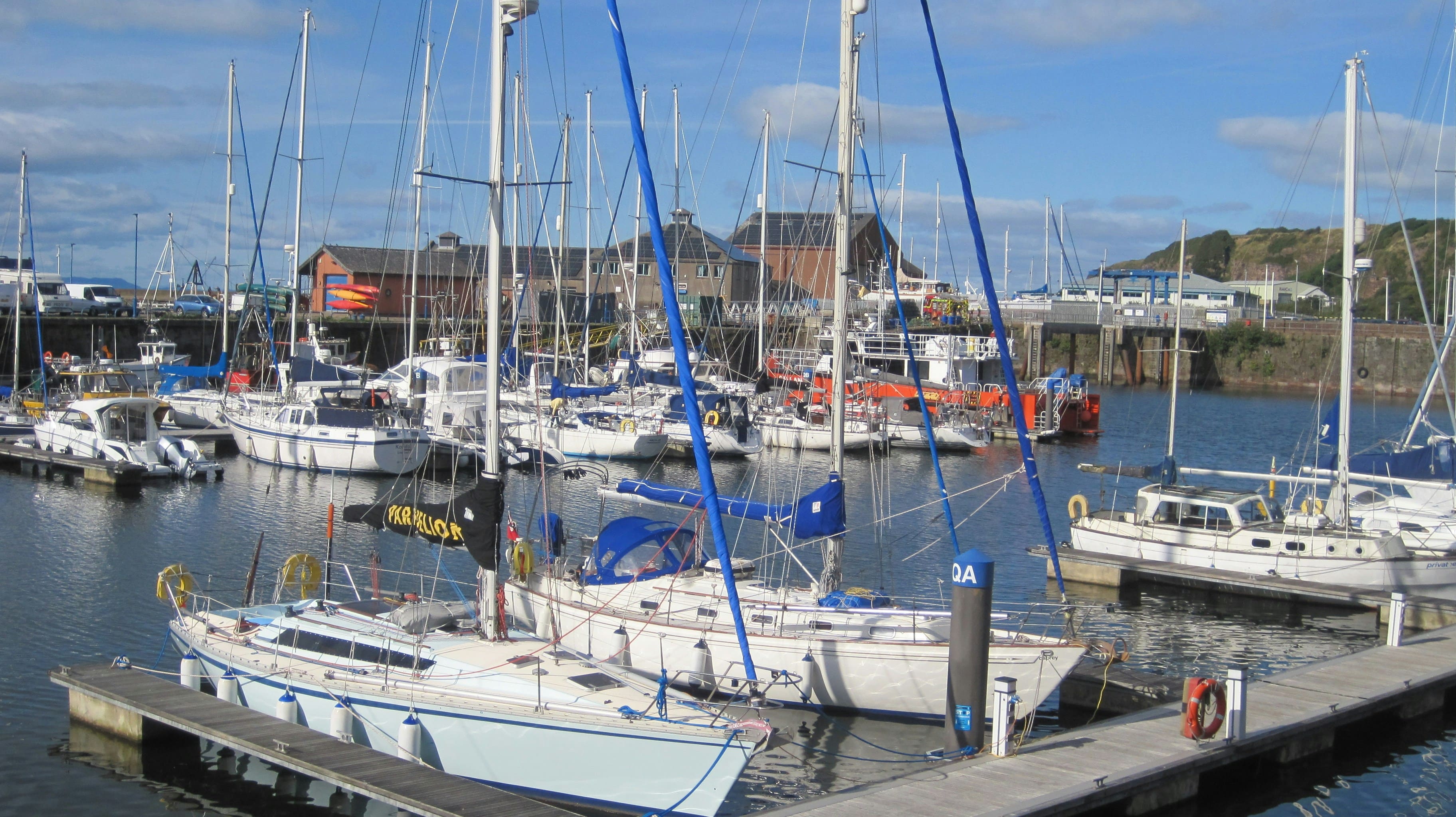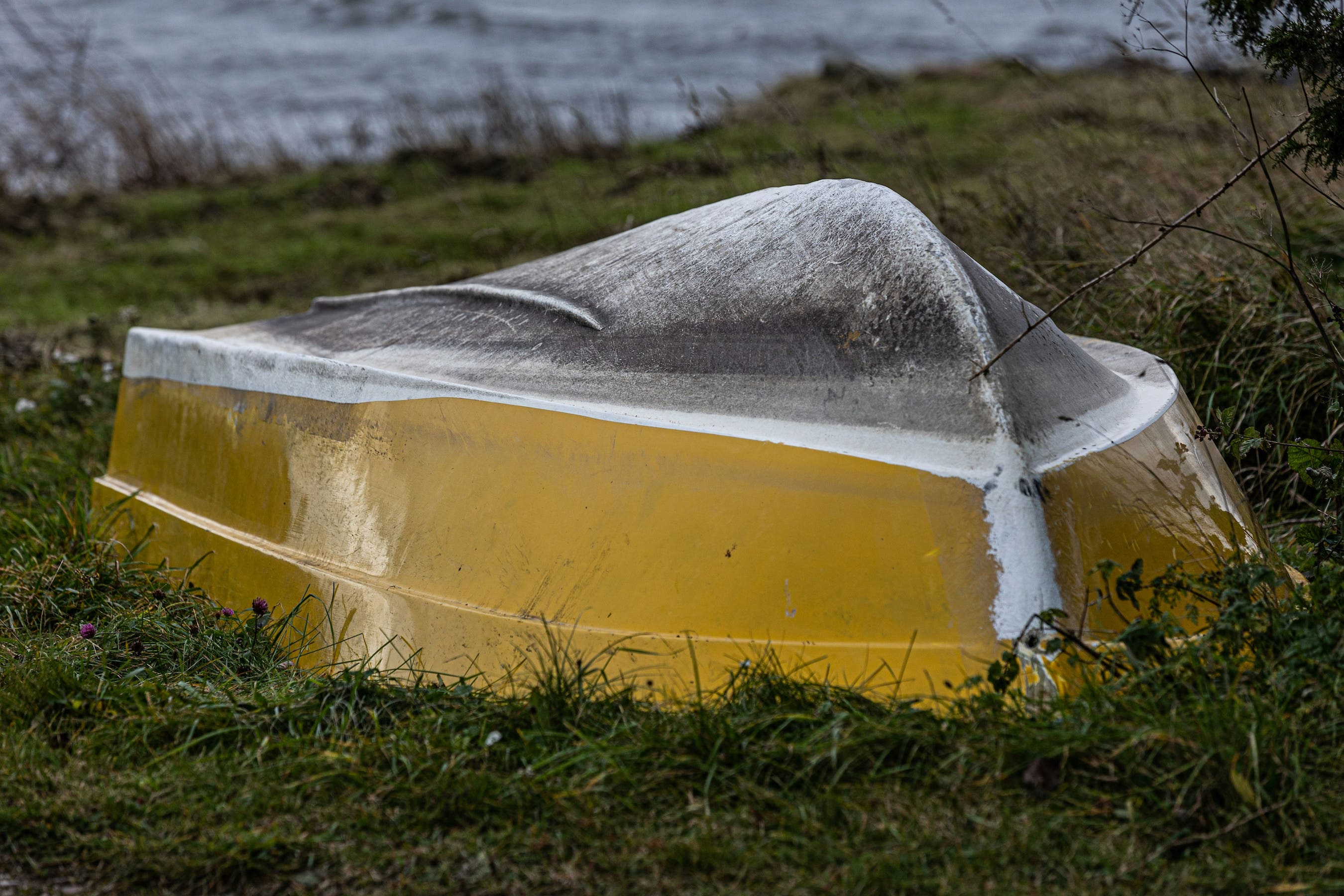Finding a berth can quickly become a headache for boaters, especially in high season. Here are the best strategies for getting a seat quickly, without sacrificing comfort or budget.
The search for a berth represents one of the major challenges of modern yachting today. Between the constant growth in the number of recreational boats and the stagnation of port infrastructures, boaters are faced with a complex equation. This particularly tense situation during the summer months pushes many boat owners to anticipate their procedures, sometimes several months in advance. However, solutions exist to get around these difficulties. A methodical approach combining the use of digital tools, the diversification of research and a certain flexibility considerably increases the chances of success. The technological evolution of the nautical sector, in particular with the emergence of connected solutions such as the Oria Marine IoT boxes that facilitate the management and monitoring of boats, is also accompanied by new tools to optimize the search for berths.
1. Understanding the berth market
1.1. Why are seats rare?
The chronic lack of berths is explained by several structural factors that create a permanent imbalance between supply and demand. High seasonal demand is the first major obstacle. Between May and September, the number of visitors to marinas can triple, creating enormous pressure on infrastructures that are already saturated. This time concentration turns every available space into a valuable resource.
The development of port infrastructures does not keep pace with the growth of the recreational boat fleet. Environmental constraints, development costs and complex administrative procedures considerably hinder the creation of new ports or the extension of existing facilities. This situation automatically generates long waiting lists in popular ports, particularly on the Côte d'Azur, in Brittany or on the Atlantic coast, where the wait can last several years to obtain an annual seat.
1.2. Types of seats available
Understanding the different types of places is an essential prerequisite for optimizing your search. The annual seat represents the holy grail for regular boaters. It offers the guarantee of a fixed location throughout the year, but remains the most difficult to obtain and the most expensive. These places are in high demand and generally require registration on the waiting list.
The passenger seat meets the needs of itinerant navigators. Reserved for a few days or weeks, it allows you to stop at different ports as you navigate. More accessible than the annual ticket, it nevertheless requires rigorous organization, especially in high season.
Seasonal or temporary rentals offer an interesting compromise. It makes it possible to secure a location for a defined period, generally from three to six months, corresponding to the navigation season. This solution is particularly suitable for casual boaters or those who winter their boat ashore.
2. Tips for quickly finding a berth
2.1. Book online on specialized platforms
The digital age has revolutionized the search for berths with the emergence of specialized platforms. Navily, Dockspot and BookMyBoat are the key references in the sector. These platforms offer real-time visibility on availability, allowing boaters to instantly consult the status of places in hundreds of ports.
The benefits of these tools go beyond simple consultation. Integrated secure payment facilitates transactions, while rating and review systems make it possible to assess the quality of services. Push notifications alert users as soon as a seat becomes available in their preferred ports. This technological reactivity is radically transforming the search experience, reducing delays and multiplying opportunities.
2.2. Contact the captaincies directly
Despite the increasing digitalization of the sector, direct contact with port authorities remains remarkably effective. Morning phone calls, ideally between 8 am and 9 am, make it possible to catch last-minute cancellations or cancellations. Port captains appreciate this proactive approach and often remember motivated interlocutors.
Flexibility is the major advantage of this approach. Being flexible on dates and accepting a seat slightly larger or smaller than the optimal dimensions of your boat opens up the possibilities considerably. This adaptability also demonstrates a constructive state of mind appreciated by port managers.
2.3. Use boater groups and forums
The nautical community is characterized by a remarkable solidarity that is reflected in numerous exchanges of information. Specialized Facebook groups, nautical forums, and networking applications are gold mines for finding opportunities. These platforms facilitate exchanges between boaters and often reveal opportunities for subletting or temporary exchanges.
The social aspect of these networks should not be overlooked. Relationships with other boat owners can lead to mutually beneficial arrangements. A boater going on an extended cruise may temporarily give up his seat, creating a win-win opportunity.
2.4. Visit less touristy or alternative ports
Exploring secondary or river ports often reveals interesting alternatives to saturated destinations. These infrastructures, which are less publicized but perfectly functional, generally offer better availability and more attractive prices. Private marinas and yacht clubs are also options to explore, sometimes offering high-end services in a more intimate setting.
This geographical diversification has the additional advantage of allowing new nautical territories to be discovered. A lesser-known port can reveal hidden treasures and enrich the sailing experience.
3. Alternative solutions to traditional ports
3.1. Anchorage in the middle of nature
Anchorage in the middle of nature is the most economical and often the most peaceful alternative to traditional ports. This free solution allows you to enjoy the calm of isolated coves and to live an authentic nautical experience, far from the hustle and bustle of the port. The absence of an immediate neighborhood guarantees considerable tranquility and a direct connection with the marine environment.
However, this freedom comes with significant constraints. Safety is the main concern, especially during weather changes. Local regulations must be scrupulously respected, as some areas are protected or forbidden to anchor. Autonomy in water, electricity and waste management is becoming crucial, requiring careful preparation and adapted equipment.
3.2. Organized mooring buoys
Organized mooring buoys are an intelligent compromise between free mooring and port mooring. Often managed by municipalities or private companies, they offer a secure footing in controlled areas. This solution combines the advantages of natural anchoring with increased safety and increased environmental respect.
The reservation system, which is generally more flexible than in traditional ports, makes it easier to plan stopovers. The rates, which are lower than those at ports, make this option particularly attractive for tight budgets.
3.3. Mooring in private homes or in industrial areas
Imagination and open-mindedness can reveal unexpected docking solutions. Informal places in private homes with access to water or in certain industrial areas often offer opportunities for small boats. These arrangements, based on mutual trust, require a respectful and professional approach.
This process requires time and diplomacy, but can lead to sustainable and economical solutions. Establishing a relationship of trust with the owner of the place can even evolve into a long-term arrangement.
4. Optimizing your chances: practical advice
4.1. Prepare a complete file (for annual request)
The constitution of a complete and professional file is an essential prerequisite for any request for an annual place. The registration certificate attests to the administrative regularity of the ship, while the insurance guarantees the coverage of risks. The precise dimensions of the boat, including length, width and draft, allow managers to assess compatibility with the available seats.
The careful presentation of the file reflects the seriousness of the applicant and facilitates the work of port administrators. A recent photo of the boat and a personalized cover letter can make a difference in a context of strong competition.
4.2. Be mobile and flexible
Geographic mobility and temporal flexibility are multiplying opportunities exponentially. Multiplying requests in several nearby ports broadens the range of possibilities and increases the chances of success. This approach requires rigorous organization to monitor the progress of the various approaches.
Accepting temporary places or places away from the center can be a step towards getting the ideal place. These interim arrangements often make it possible to build relationships with port managers and demonstrate its reliability, paving the way for more permanent solutions.
4.3. Maintain good relationships with port managers
Loyalty and compliance with port regulations create a positive reputation among managers. This established relationship of trust is reflected in concrete terms by prioritizing cancellations or last-minute availability. Harbour captains remember respectful and cooperative boaters.
Investing in modern technological solutions, such as the Oria Marine IoT boxes that allow remote monitoring of boat parameters, also demonstrates a commitment to innovation and safety, qualities appreciated by port professionals.
Frequently asked questions (FAQ)
How do I book a berth online? Platforms such as Navily or Dockspot allow you to consult availability in real time and to book directly. All you have to do is create an account, fill in the characteristics of your boat and proceed with the secure reservation.
How much does a temporary berth cost? The price varies according to the size of the boat, the duration, and the location. Count between €20 and €150 per night depending on the status of the port and the season. Prestigious ports or in high season may exceed these rates.
Can we find a place without a reservation? Yes, by calling early in the morning or by going directly to the site, some captaincies keep places for the crossings. This practice requires flexibility and works better off season.
Are there free alternatives to ports? Yes, anchoring is free in some areas, but pay attention to local regulations and weather conditions. Always check for environmental restrictions and temporary prohibitions.
Is there a waiting list in all ports? No, some ports still have availability, especially off season or in less busy areas. Recent or developing ports often offer more opportunities.
Conclusion
Finding a berth quickly requires responsiveness, flexibility and sometimes a bit of ingenuity. By combining digital tools, direct approaches and alternative solutions, you will increase your chances of taking full advantage of your browsing. Persistence and open-mindedness are the keys to success in this quest, which is an integral part of modern sailing.









